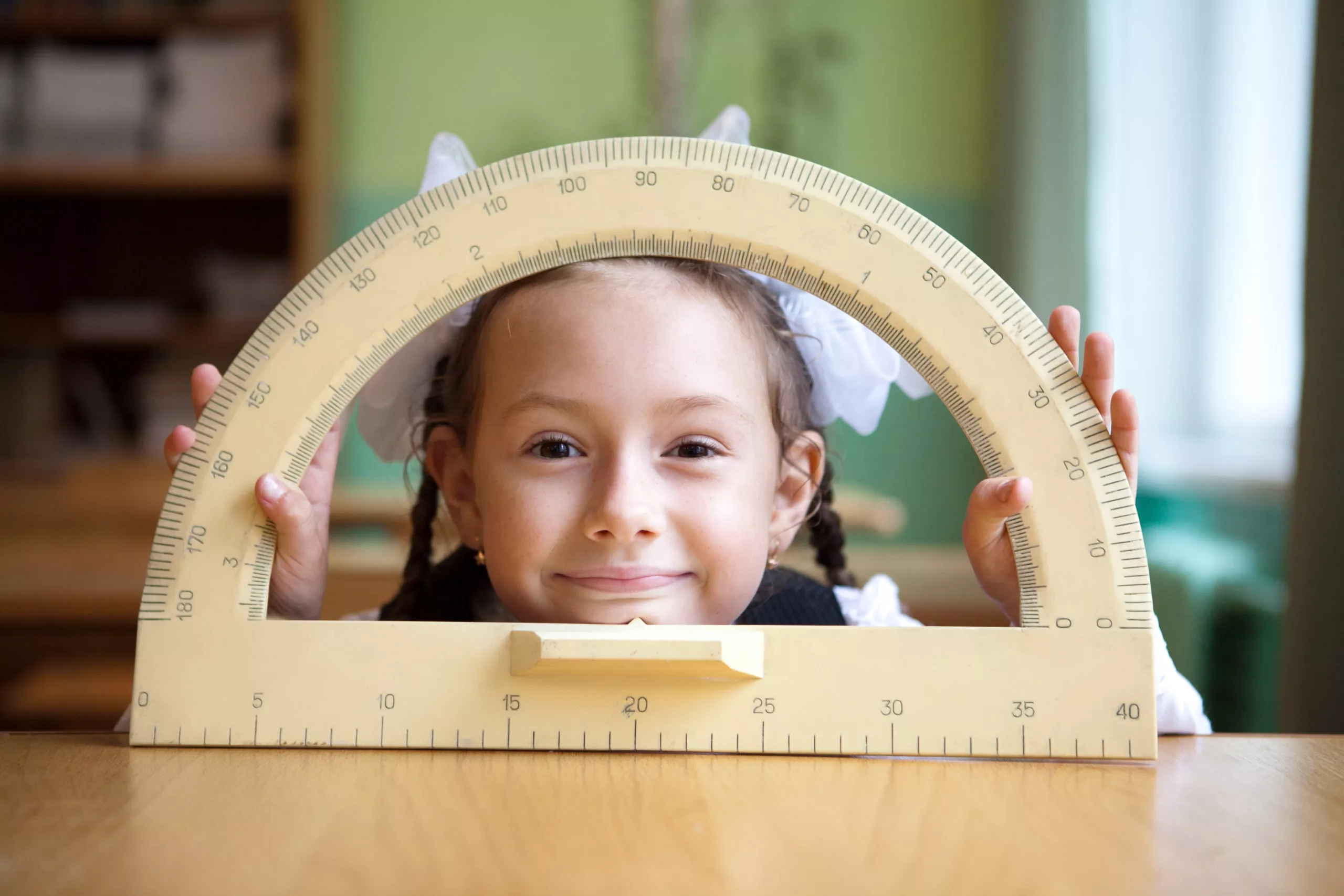
Between gaming, watching TV and movies, and doing school work, kids ages 8 to 18 spend more than seven hours a day looking at their laptops, phones and tablets1. A recent study found that school-aged children who spent seven hours or more a week using computers or mobile video games tripled their risk for myopia, also known as nearsightedness.2
Recently, the World Health Organization (WHO) and American Academy of Pediatrics said that infants under one year old should not be exposed to electronic screens and that children between the ages of two and four should not have more than one hour of “sedentary screen time” each day.3
While we can’t eliminate screen time entirely, we can encourage our children to spend more time outside. Since myopia is primarily diagnosed in school-age children4, exposure to the outdoor environment plays an important role in a child’s life with the potential to affect the progression of myopia. Research suggests that sunlight and UV rays help promote healthy eye growth and therefore may lower the chances of nearsightedness in children.5 Increased time spent outdoors by children can slow myopia progression and may decrease the risk of new myopia onset by 50% .6 [Read more: Can too much screen time hurt my child’s vision?]
Here’s a helpful list of creative ways to get your child to spend more time outside.
In an article on Active for Life, Trina Sporer suggests:
- Park a few minutes from school and walk with your child. Point out the colors of the natural world around you and watch them play with sticks, rocks, and leaves along the way.
- Have a picnic dinner at a playground or park.
- Active for Life also offers a printable worksheet with a recipe for an active day.
- Active for Life also offers a printable worksheet with a recipe for an active day.
The Child Mind Institute offers a number of ideas for getting your kids into nature:
- Use technology to your advantage. If your child is hooked on any and all electronic devices, have them bring along a camera or phone and create video or photo journals of various nature trips—they’ll still get to use technology, but to focus on the world around them.
- Go to an outdoor performance. Parks in almost every city have performances for kids, many of which are free. If your child can’t take their eyes off Nickelodeon, take them to a puppet show in the park. For older kids who like movies, take them to outdoor plays and musicals.
- Set up treasure hunts. Make a short, simple list of things for your kids to look for outside—such as “a shiny object,” or “something you can hold liquid in.” The satisfaction of finding the objects turns it into a reinforcing activity, and it will keep them outside in search of the next list item.
In her Washington Post article, 10 ways to help kids fall in love with being outside, Lauren Knight suggests:
- Check out “The Cloudspotter’s Guide” from your local library, pack up a comfortable blanket to spread in a field and spend the afternoon identifying cirrostratus and cumulonimbus clouds. At night, look up stargazing websites that can direct you, based on what month it is, to the constellations, then go out and try to spot them. Print out a “moon journal” page and chart the phases of the moon.
- Start a collection. Keep a nature table (either indoors or out) with jars or compartments for found items. Be sure to have a conversation with your child about the concept of “Leave no trace” and the difference between picking up a dead branch from the ground, for example, and breaking one off a tree.
Good Housekeeping curated recommendations from the National Wildlife Federation:
- One idea? Camping. The outdoor vacation is making a comeback! Hiking and camping have been increasingly popular in recent years, and there’s no better way to introduce your child to the wonders of the outdoors. But if your family’s not quite ready for wilderness camping, organize a campout in your own backyard! It’s affordable, fun and easier than you think.
- Turn your time outside into a wildlife expedition with a “photo safari” or guide your child in the creation of a nature book. Utilize resources like NestWatch, a program by the Cornell Lab of Ornithology that gathers valuable scientific data about nesting birds from neighborhood observers across the world. And, check out this Wildlife Guide from The National Wildlife Federation.
- Plant a garden: Gardening is a great family activity that can help teach children about so many things—life cycles, pollination, and nutrition, just to name a few. Whether it’s in your own yard or a community garden plot, why not plant a garden with your child? The National Wildlife Federation has tips for making your garden friendly to birds, bees and other wildlife.
Do you have ideas to add to the list? Comment below, and we’ll add the creative ways you’ve been able to increase your child’s time outdoors. You can also print these ideas as a checklist to hang up at home, or share with another parent here:
Click here to Print Tips for Outdoor Time
Print Tips for Outdoor Time in the Spring
Tags: myopia, screen time, eye strain, eye health, myopia in children, outdoor activities, playing outside

